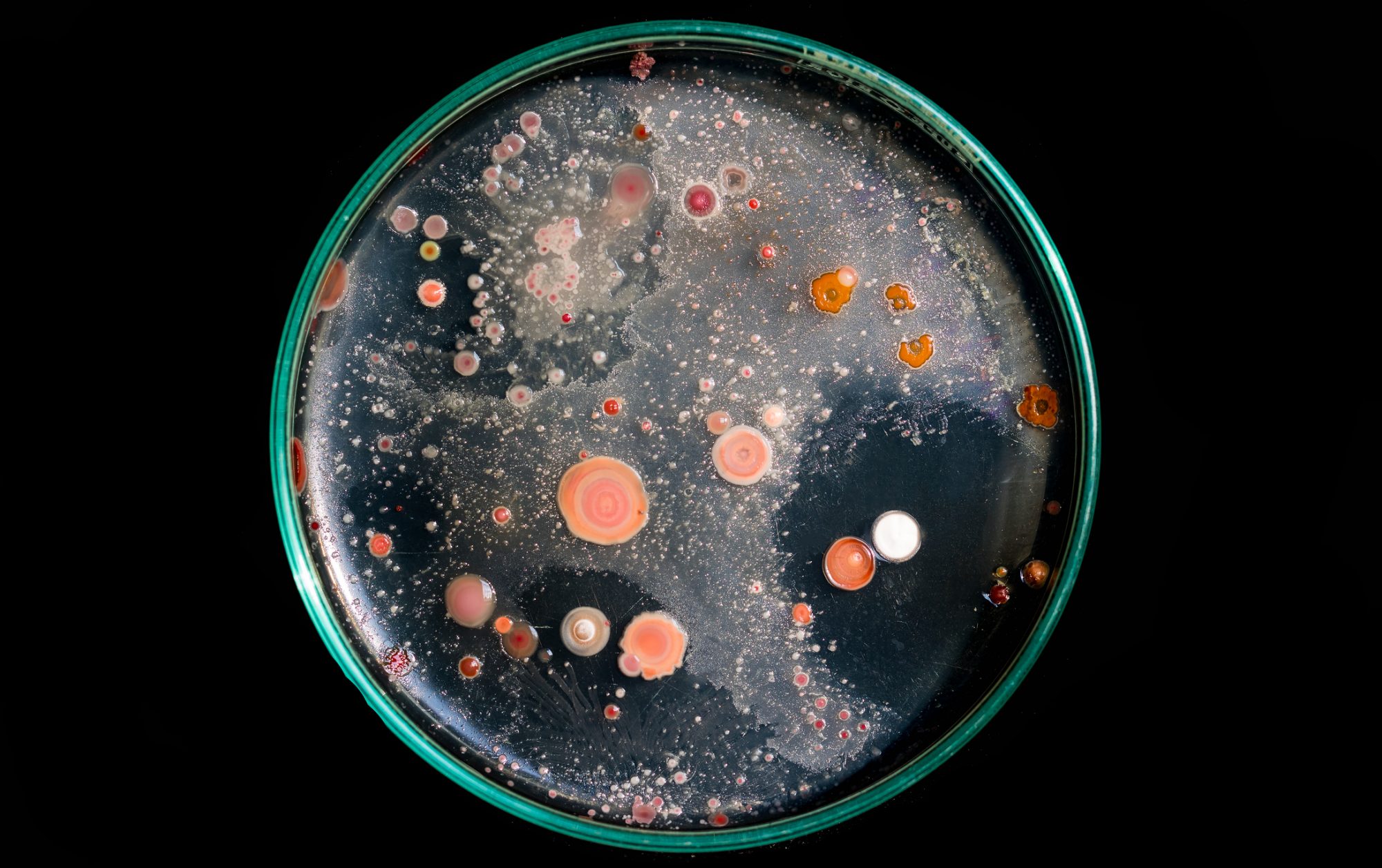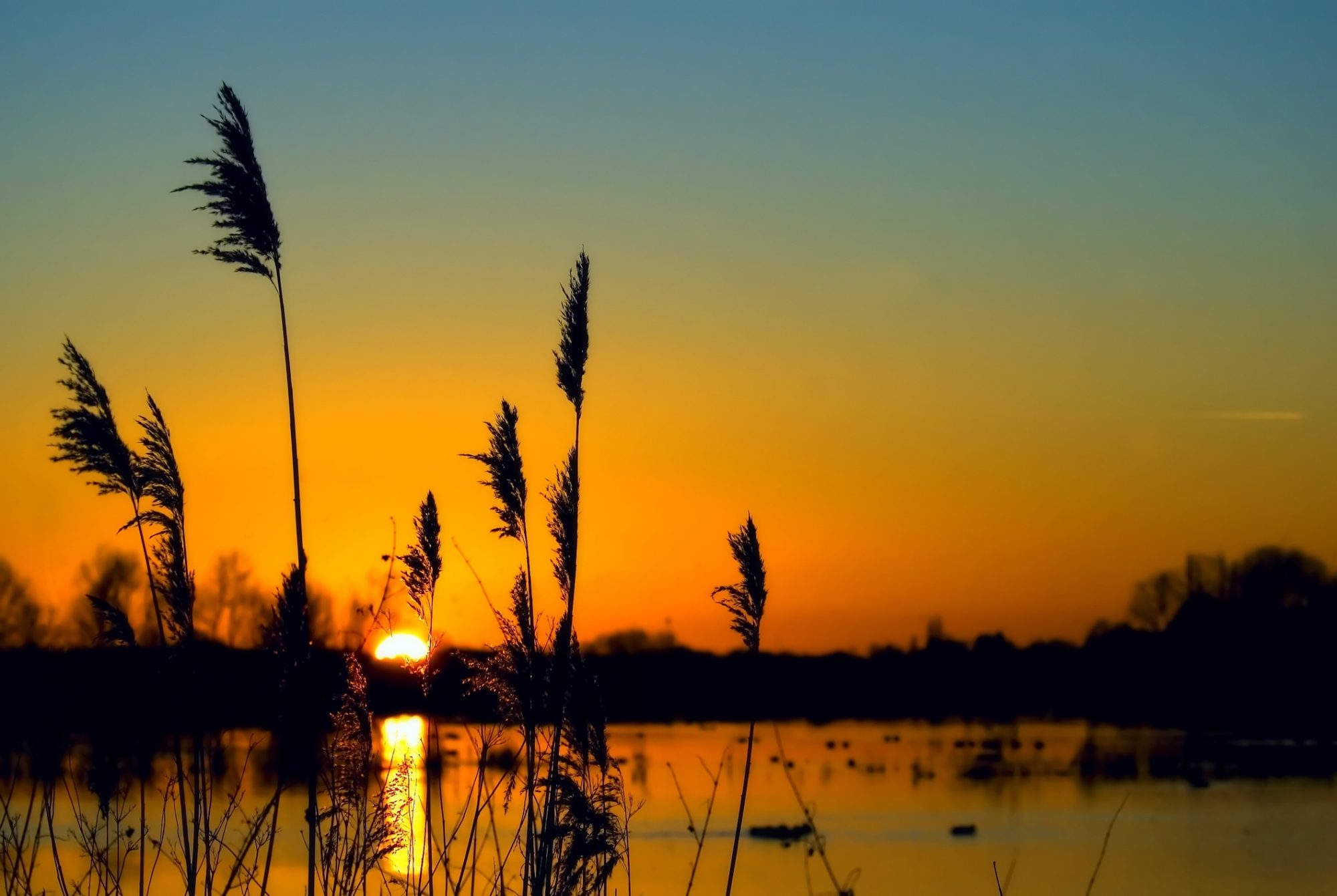Emily Davenport and Arpita Bose discuss the case for freshwater wetlands as vital pieces of the solution for climate change and sustainable energy synthesis
Arpita Bose, Associate Professor at Washington University in St. Louis, understands the connection between environmental science, energy generation, and climate change – now, she looks towards freshwater wetlands and their carbon sequestration.
The Bose group studies extracellular electron uptake (EEU), the ability to use insoluble, solid-phase conductive substances as an electron source in non-oxygen evolving (anoxic), phototrophic bacteria (pEEU). In a laboratory setting, these electroactive microbes can grow via poised electrodes running a current. Some of these microbes can perform microbial electrosynthesis (MES) of products such as bioplastics and biofuels in a sustainable manner using sunlight and carbon dioxide (CO2).
The Bose group has searched for undiscovered electroactive microbes within soils and sediments and found this metabolism may be more common than previously thought. In nature, these pEEU-capable microbes impact global geochemical cycles, including the emission and sequestration of greenhouse gases like CO2.
Global ecosystems are vulnerable to climate change
Climate change has led to increased temperatures, droughts, and changes in rainfall patterns. These consequences are especially troubling for vulnerable but critical environments. Oceans and Great Lakes are warming and experiencing acidification, which can disrupt food chains. Rising temperatures in permafrost ecosystems can lead to active seasonal thawing in certain soil strata, releasing ancient carbon stores and creating conditions for microbes to accelerate that release. And in freshwater wetlands, the Bose lab group aims to understand how microbial metabolisms may impact and respond to climate change.
The impact of freshwater wetlands
The main characteristic of a wetland is its state of water saturation at, near, or above surface level, seasonally or year-round. Because they are defined by water level, wetlands can be found on every continent excluding Antarctica. They are categorised based on geographic location (coastal, inland), climate (tropical, temperate).What remains the same regardless of locale is the ecological significance of wetlands due to the ecosystem services they offer as well as habitat, provisioning, and cultural services.
Freshwater wetlands are typically found in low-lying areas, catching excess runoff of water, sediments, and nutrients. Wetlands can harbour many species adapted to land and aquatic environments, as well as promote the growth of unique species such as hydrophytes (water-adapted plants). The increased vegetation allows for reduced soil erosion and flood waters abatement. As the soils allow for saturation and create entrapments for the runoff to settle, this creates cleaner, nutrient-dense ecosystems for fish and birds to thrive during migration and/or breeding. Wetlands can also purify waters. Excessive nutrients within runoff or sewage drainage can be trapped within the sediments or transformed, creating a buffer to prevent downstream eutrophication (nutrient overloads). Provisioning services by wetlands include material resources, such as the farming of crops, fishing, and gathering of plant fibre resources. Cultural services are the non-material resources including spiritual, educational value, and recreational use.

Wetlands, carbon storage, and climate change
Despite covering less than 8% of the Earth’s surface, wetlands harbour nearly 30% of soil carbon. Because wetlands are waterlogged, they can easily become anoxic (oxygen-limited/starved) environments. The anoxic conditions allow decomposition (which releases CO2 /greenhouse gases) to occur slower than primary production (which sequesters CO2 /greenhouse gases), thereby creating a sink for atmospheric CO2, highlighting their undervalued significance in global carbon sequestration.
Increasing global temperatures due to climate change may have dire yet unknown effects on wetland ecosystems. Rising temperatures can mean changes in seasonal precipitation patterns needed to sustain these environments. Loss of water could lead to oxygen-rich environments for longer periods of time. This in turn would allow for decomposition to occur more quickly and shift microbial metabolisms in the sediments to aerobic respiration, both of which releases sequestered carbon.
Wetland carbon sequestration at the microscopic level
Generally, the primary producers considered for carbon sequestration are the land plants such as trees, grasses, etc. But bacteria in wetlands can also perform CO2 fixation, nitrogen fixation, denitrification, and methanogenesis, all of which directly influence atmospheric carbon and nitrogen cycles. The actual rates of nutrient transformation, as well as microbial community composition dynamics, in response to the transient environmental conditions within wetlands remains to be determined. Without this knowledge we cannot create an accurate understanding of microbial impact on atmospheric carbon concentrations. Therefore, we also lack an understanding of how these dynamic ecosystems and their processes will behave with the varying temperature and precipitation patterns associated with climate change. More studies focusing on microbial processes within wetlands, including viral processes, are needed to accurately describe wetland response to climate change. These studies will also aid conservation efforts of these vital ecosystems, and lead to new discoveries of electroactive organisms needed for a sustainable future.
We thank Eric Conners, graduate student in the Bose lab for reviewing this article.
Please note: This is a commercial profile











